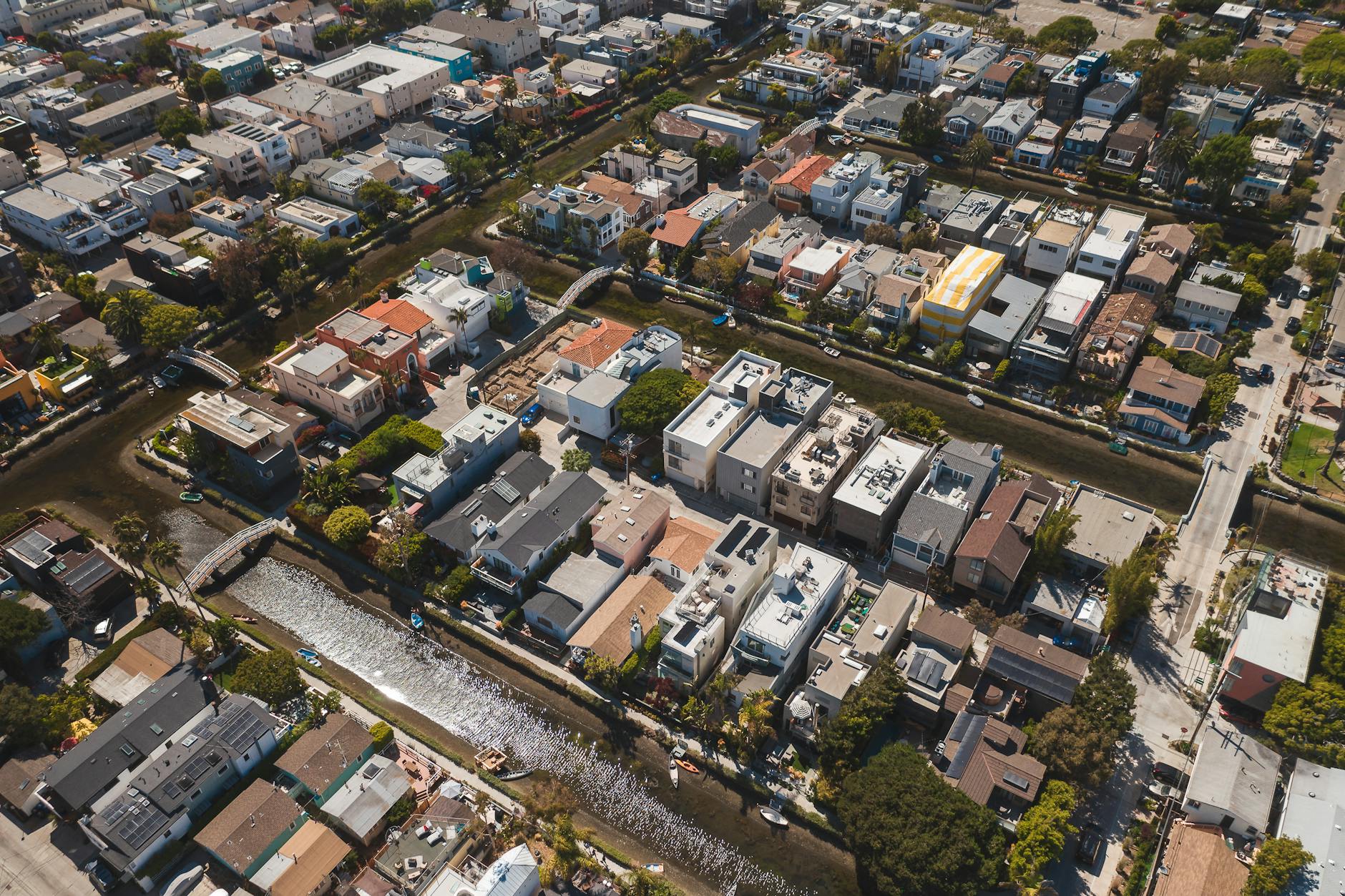Exploring Affordable Housing Development: Opportunities and Challenges
Exploring affordable housing development: opportunities and challenges
The issue of affordable housing development has become increasingly urgent as urban populations grow and housing costs continue to rise globally. Many communities face significant barriers to accessing safe, affordable homes, which has broad social and economic implications. This article explores the opportunities that affordable housing development presents, such as fostering economic growth, improving social equity, and promoting sustainable urban planning. At the same time, it examines the challenges that developers, policymakers, and communities encounter, including financial constraints, regulatory hurdles, and social acceptance. Understanding these dynamics is crucial for creating effective strategies that balance supply with demand and ensure housing is accessible to all socioeconomic groups.
Understanding the demand and economic incentives
The demand for affordable housing is driven primarily by rising income inequality, urban migration, and stagnant wages. As housing prices soar, many low- and middle-income households are priced out of the market. Developers and governments can capitalize on various economic incentives to encourage affordable housing projects. These might include tax credits, subsidies, and inclusionary zoning policies that require a percentage of new developments to be affordable. For instance, the Low-Income Housing Tax Credit (LIHTC) program in the United States has been pivotal in funding affordable housing units. Properly structured financial incentives not only reduce the risk for investors but also stimulate the construction of accessible housing options.
Regulatory framework and land-use policies
Government regulations play a vital role in shaping affordable housing development. Zoning laws, building codes, and land-use policies can either facilitate or hinder progress. Many cities have restrictive zoning laws that limit building heights or require large lot sizes, making affordable housing projects less feasible. Conversely, some municipalities adopt “by-right” zoning or density bonuses to encourage developers to include affordable units. Collaborative approaches between public authorities and private developers often yield the best outcomes. For example, public land leasing for affordable housing significantly reduces development costs, creating more opportunities for lower-priced units.
Innovative construction techniques and sustainability
Advancements in construction technologies open new paths for delivering affordable housing efficiently and sustainably. Prefabricated modular construction, 3D printing of building components, and the use of recycled materials can significantly cut costs and reduce construction time. Moreover, integrating sustainability practices—such as energy-efficient designs, renewable energy systems, and water-saving technologies—benefits residents with lower utility costs and reduces long-term environmental impact. Developers who leverage these innovations can improve profitability while addressing affordability and environmental goals simultaneously.
Community engagement and social challenges
Affordable housing development often faces social challenges such as community opposition, stigma, and concerns over neighborhood character. Effective community engagement is essential to build support and minimize resistance. Involving residents early in the planning process, transparently communicating benefits, and addressing fears about overcrowding or crime can improve acceptance. Additionally, affordable housing developments must consider social inclusivity—providing access to amenities, quality education, and transportation—to ensure they contribute positively to residents’ quality of life and social integration.
| Opportunity | Challenges |
|---|---|
| Government subsidies and tax incentives | Complex eligibility and compliance requirements |
| Innovative construction techniques reduce costs | Initial investment and lack of skilled labor |
| Supportive zoning policies and public-private partnerships | Restrictive zoning laws and lengthy approval processes |
| Community involvement enhances project acceptance | Social stigma and fear of change |
Conclusion
Affordable housing development presents both significant opportunities and complex challenges that require coordinated efforts among governments, developers, and communities. Economic incentives and regulatory reforms can create favorable conditions to boost housing supply, while innovative construction methods hold the promise of reducing costs and promoting sustainability. However, overcoming social resistance and navigating regulatory complexities remain key hurdles. Success in this field ultimately depends on balancing financial feasibility with social inclusivity and environmental responsibility. By addressing these interconnected factors holistically, stakeholders can make meaningful progress toward ensuring everyone has access to safe, affordable housing, fostering stronger, more equitable communities.
Image by: RDNE Stock project
https://www.pexels.com/@rdne
editor's pick
latest video
news via inbox
Nulla turp dis cursus. Integer liberos euismod pretium faucibua

